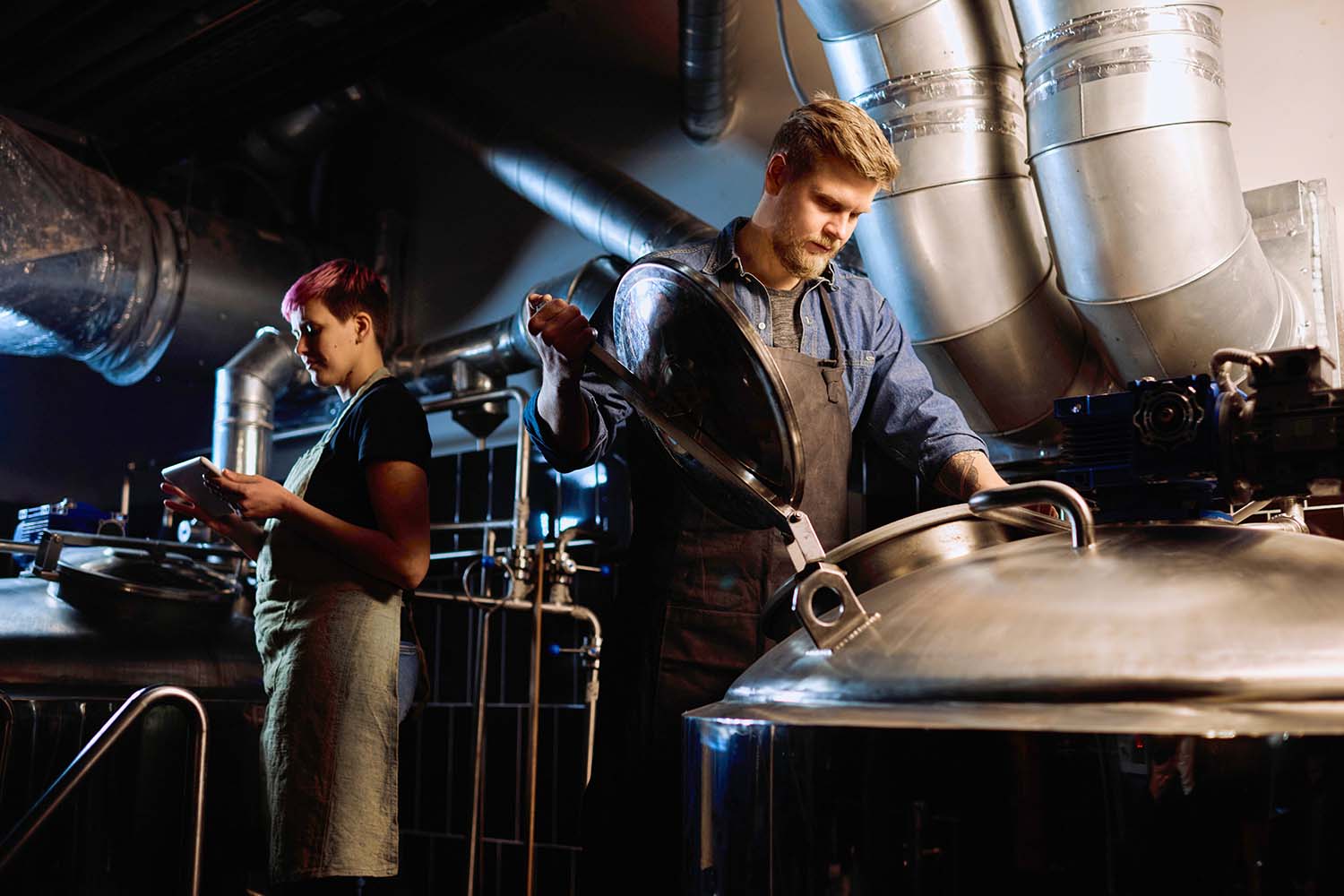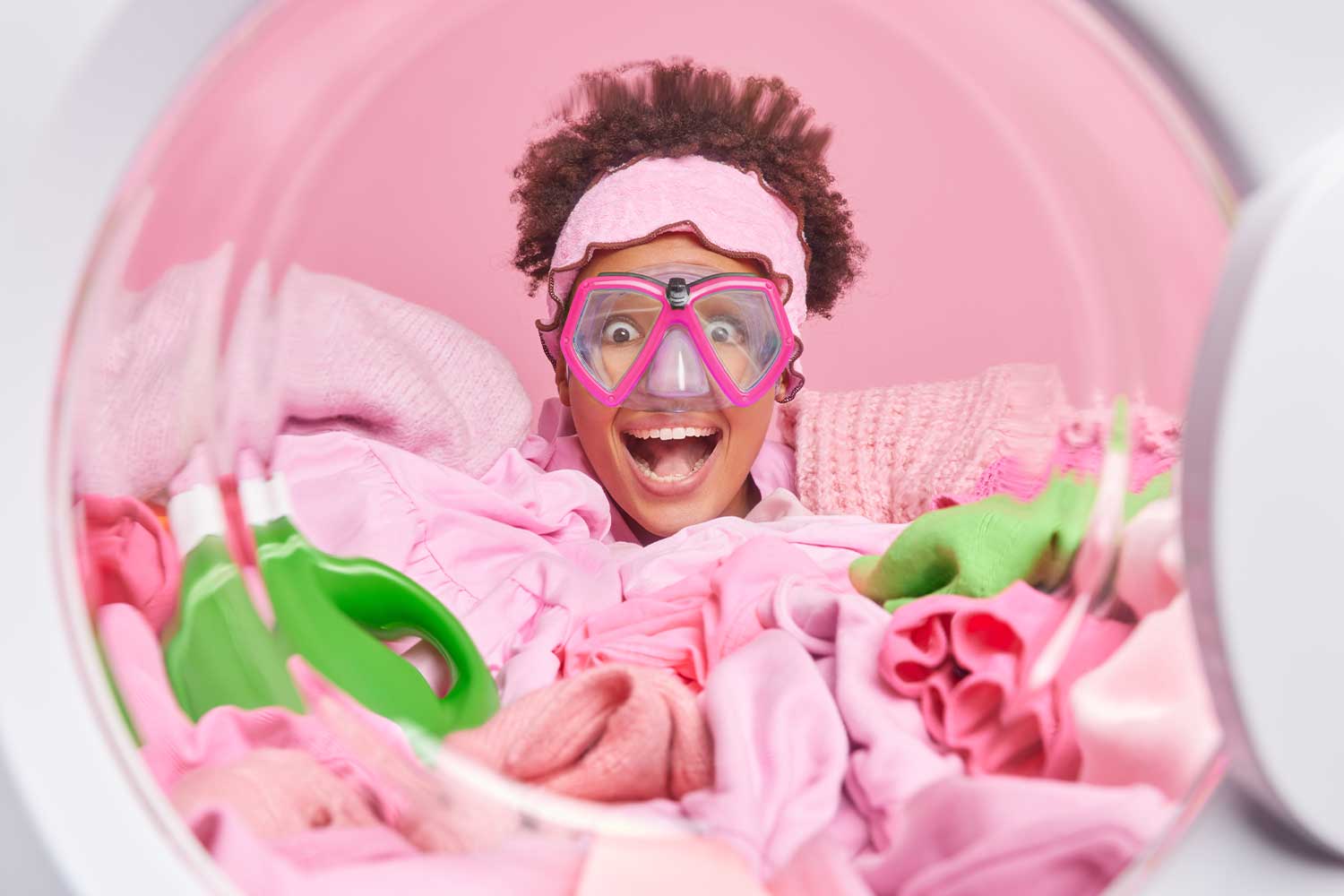Introduction to Moisture Measurement in Detergent Powders
JWII has recently made significant strides in the field of moisture measurement in spray-dried detergent powders with a leading global detergent supplier. Utilizing the advanced Moisttech IR3000 NIR Analyser, they have developed a method that caters to different chemical bases in detergents with this one-time calibration device. This innovative approach includes three distinct algorithms designed for phosphate, carbonate, and zeolite-based powders, and with Moisttech’s nil drift technology means the gauge does not require full recalibration throughout its lifecycle. Understanding the moisture content in these powders is crucial for quality control and efficiency in production. The Moisttech IR3000 offers a sophisticated solution to this industry challenge.
The Complexity of Moisture in Detergents
Detergent powders contain two types of moisture: free and bound. Free moisture, present on the surface, can be removed at moderate temperatures. Bound moisture, on the other hand, is integrated within the solid’s structure and requires higher temperatures to be eliminated. This distinction is vital for accurate moisture measurement. JWII’s technology addresses this complexity with precision.
NIR Technology and Moisture Detection
The NIR (Near-Infrared) region is key to detecting moisture in detergent powders. It reveals two distinct absorption bands: a sharp feature for bound moisture and a broader band for free moisture. Traditional single wavelength moisture measurements are unreliable due to the varying ratio of free to bound water. JWII’s NIR Analyser overcomes this by using dedicated wavelengths for each type of moisture. This innovation ensures more accurate and reliable results.
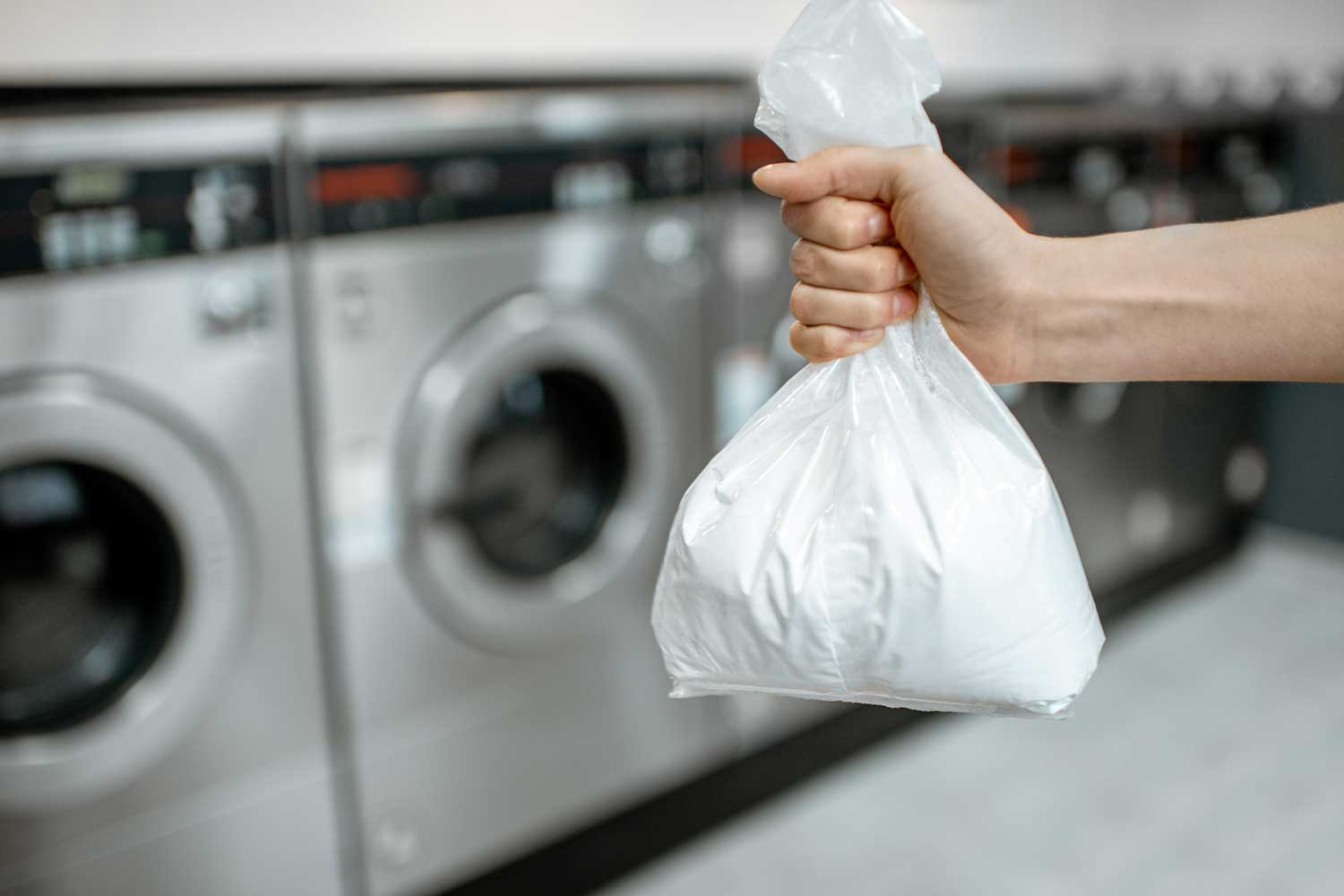

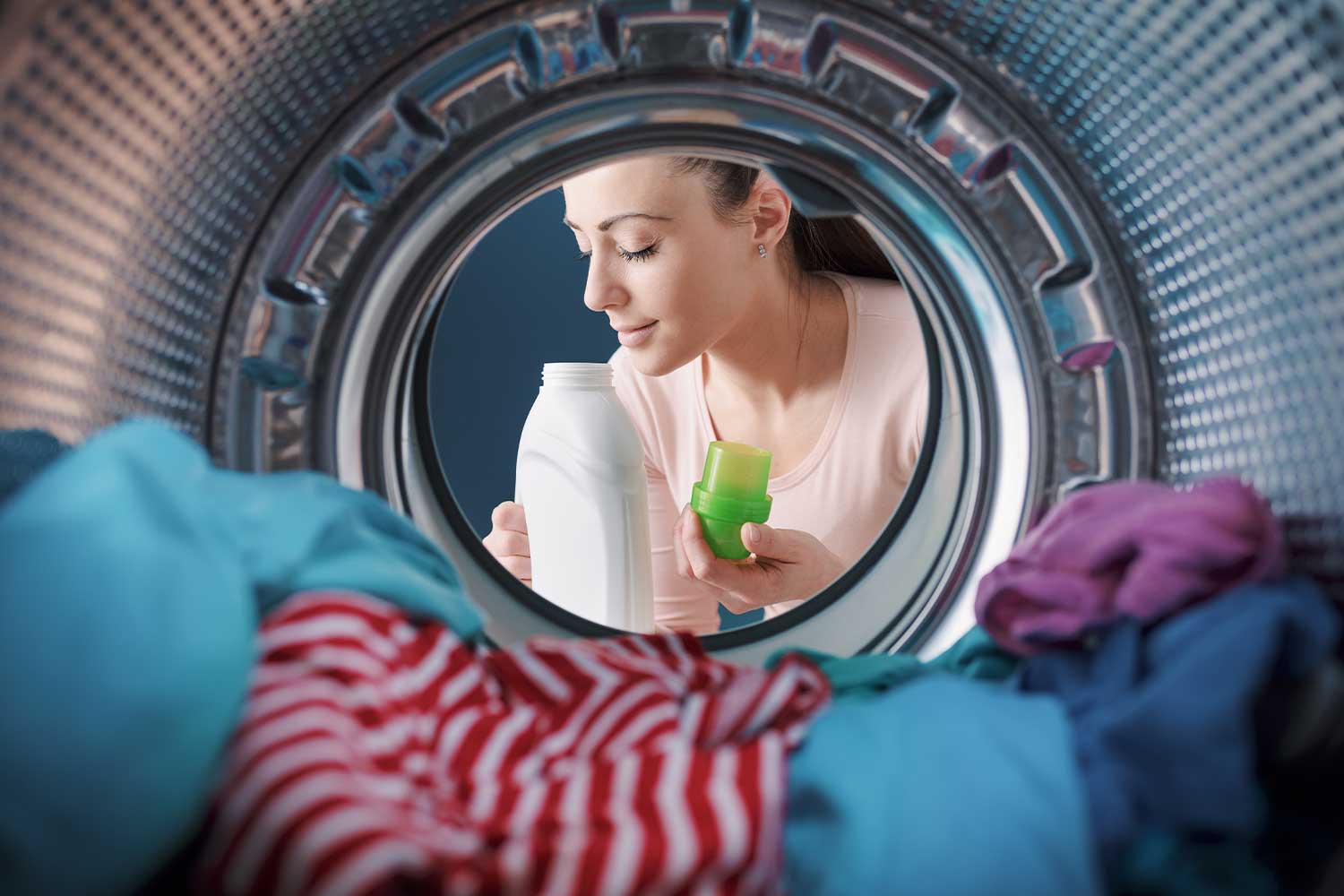
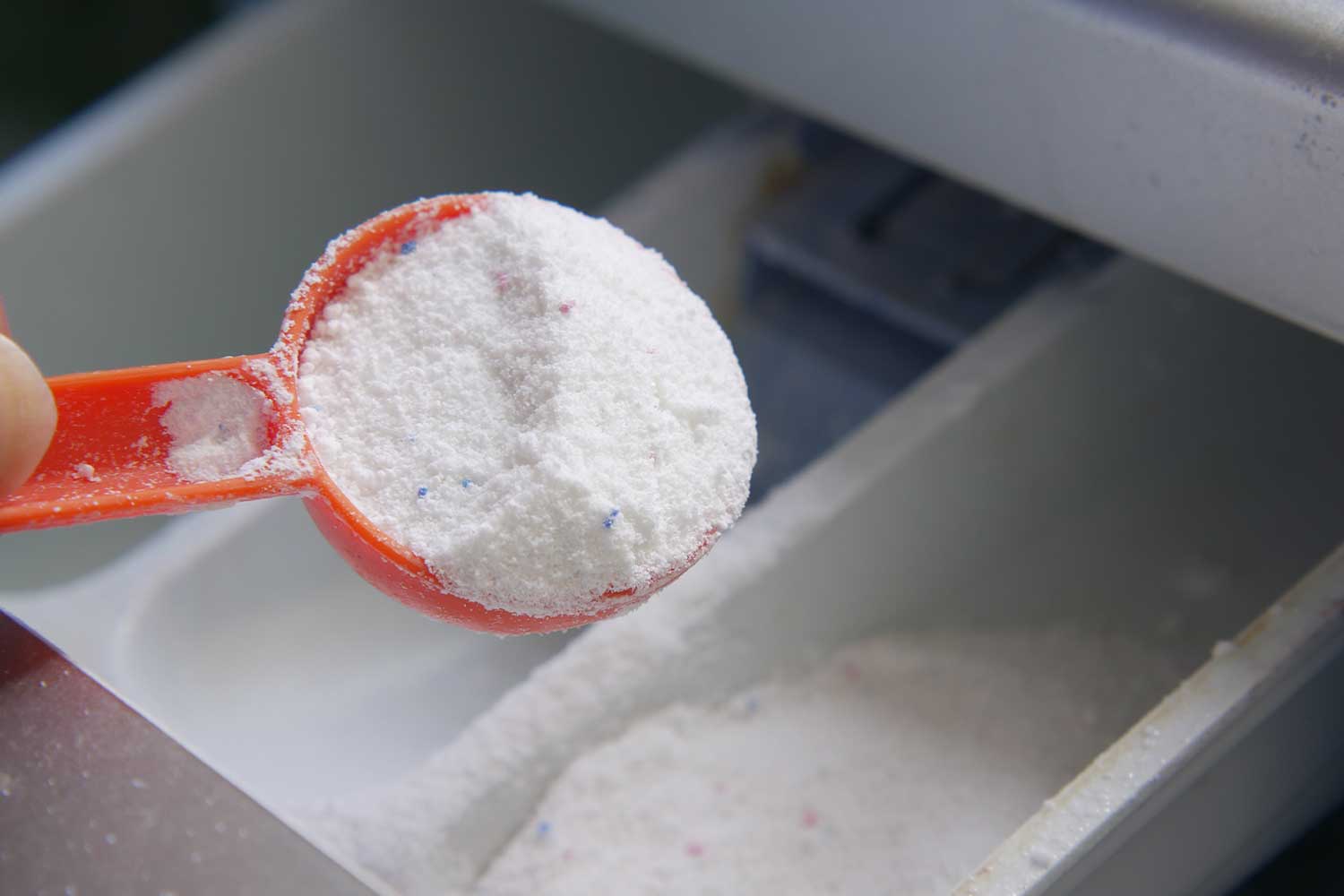
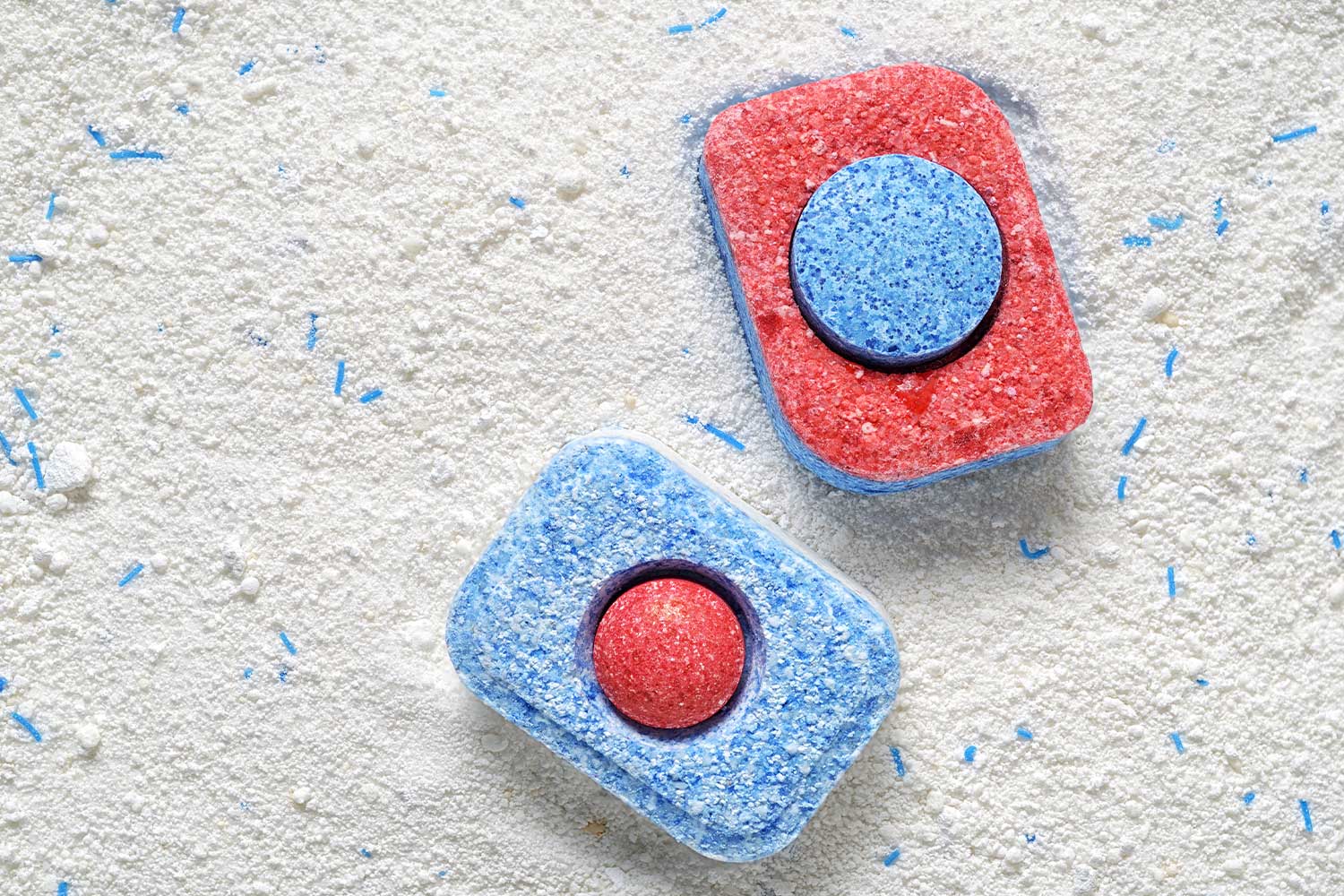
Laboratory Evaluation and Detergent Types
JWII’s latest report details an extensive laboratory evaluation of phosphate, carbonate and zeolite-based detergent powders in a leading detergent company. These powders were tested across a range of particle sizes, from 200 to 1000 microns. The evaluation included varying moisture contents to comprehensively assess the technology’s effectiveness. This rigorous testing underscores the thoroughness of JWII’s approach. The results demonstrate the NIR Analyser’s adaptability to different detergent compositions.
On-line Measurement Process
The on-line measurement of moisture content is conducted immediately after the spray drying process. For optimal results, it’s recommended to place the analyser after a transfer point in the process to show the analyser fresh material, this could be after a conveyor transfer or exit of a process where the material is well mixed. Another technique I to use a plough to remove the product’s surface layer, which tends to be drier than the bulk. This step ensures a more accurate representation of the overall moisture content. This method represents a significant advancement in real-time moisture measurement.
Application and Measurement Range
The Moisttech IR3000 is designed to measure moisture content in detergent powders ranging from 1% to 15%. This range is suitable for most detergent manufacturing requirements, and can be expanded if needed. The application process involves a typical installation setup on the conveyor after the powder exits the spray drier. The product temperature is maintained between 60-70°C during measurement. Typical Ambient in the measurement location is below 50C. This setup ensures consistent and reliable moisture readings.
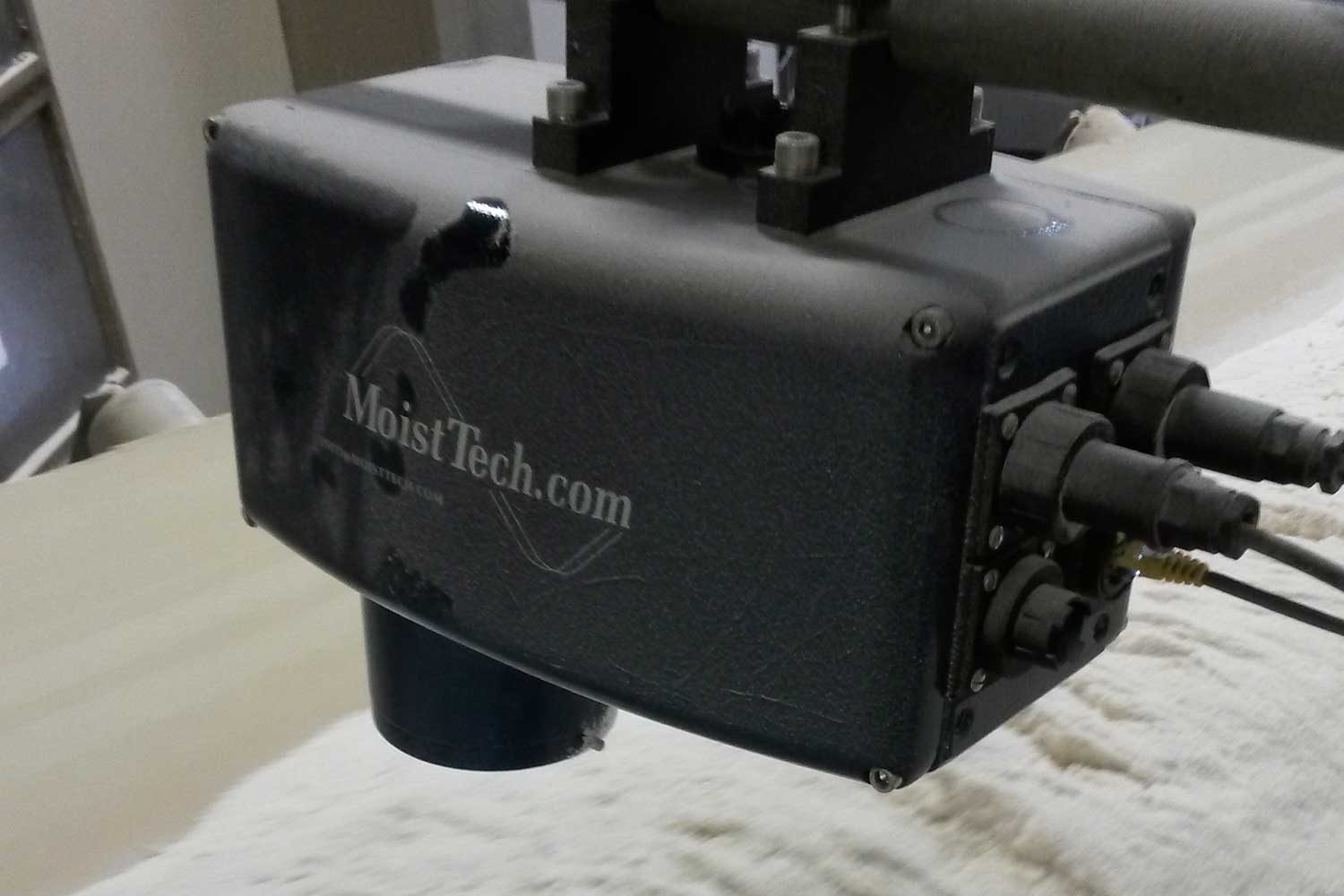
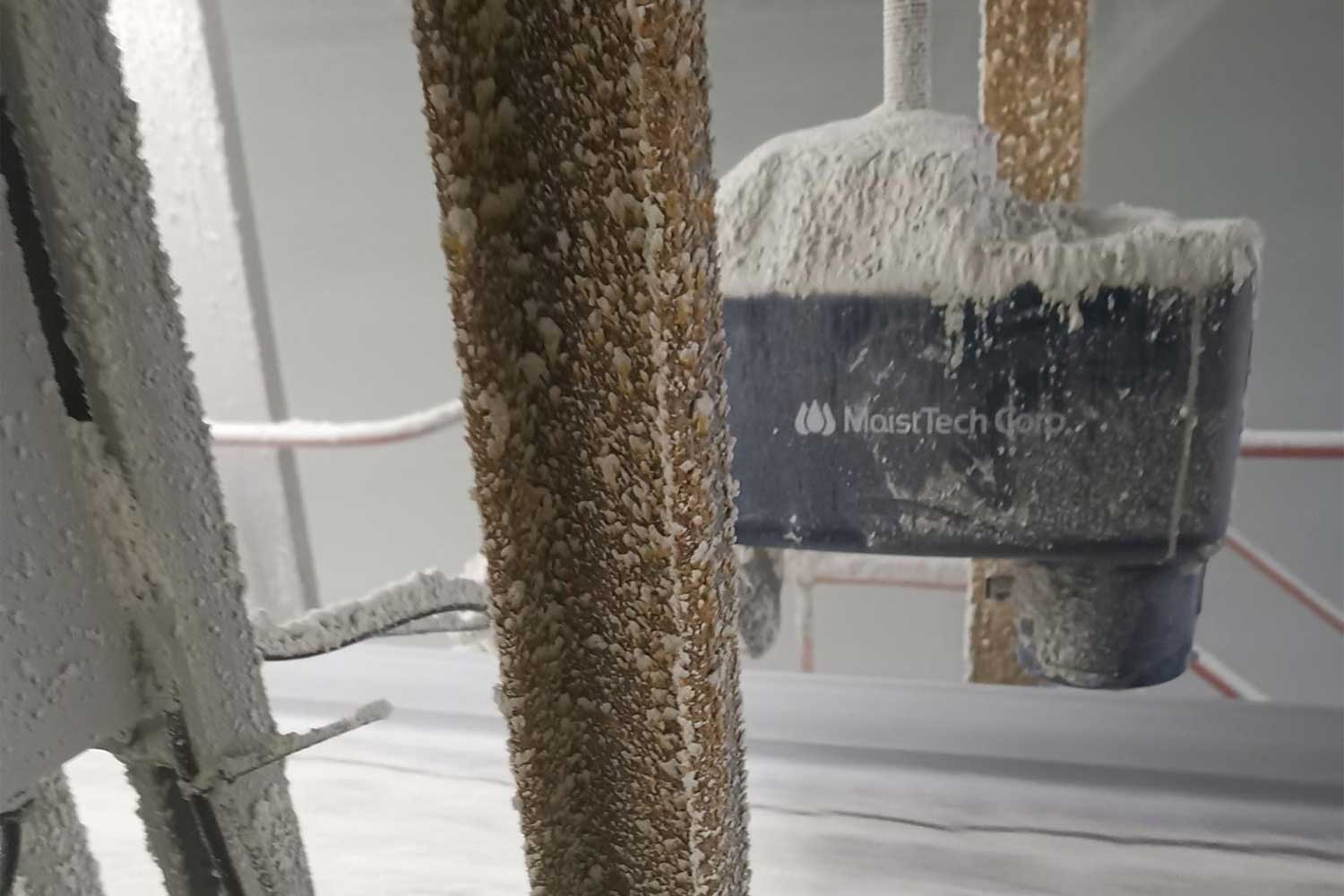
Evaluation Methodology for sampling
The evaluation process involved collecting samples from directly after the Moisttech IR3000 gauge. Samples were taken in a repeatable and consistent way, 5 scoops into a container which is filled and immediately sealed leaving little or no headspace. The mean gauge values while the lab samples were taken were recorded using the Moisttech HMI Operator Interface or the Moisttech PC software and noted on each sample. This methodical approach highlights the thoroughness of JWII’s evaluation process.
Reference Moisture Analysis Following data collection
Samples were analysed using a standard oven method to determine reference moisture content. Four replicates of each sample were tested, and the results were averaged. This step was crucial for validating the NIR Analyser’s readings. The reference moisture content provided a benchmark for assessing the gauge’s accuracy. This approach reinforces the reliability of the findings.
Results and Accuracy
The results showed impressive accuracy in moisture measurement for phosphate, carbonate and zeolite-based detergents. Data analysed against averaged oven moisture readings confirmed the gauge’s precision. The accuracies, including errors from particle size changes and sampling, were within acceptable limits. These findings are significant, considering the challenges in measuring varying moisture types in detergents. JWII’s technology demonstrated its capability to deliver precise moisture content readings.
Challenges and Considerations
The evaluation acknowledged challenges such as the rapid moisture absorption by dry detergent, especially zeolite. This factor necessitates careful reference testing to minimise errors. Additionally, some detergents decompose upon heating creating volatiles (Non moisture loss), affecting laboratory oven moisture readings. These considerations highlight the complexities involved in accurately measuring moisture in detergent powders. Titration is recommended as the laboratory benchmark if oven method errors are found. JWII’s approach takes many factors into account, ensuring more reliable results.
Recommendations and Conclusions
The IR 3000 backscatter gauge, with its dedicated algorithms, proves effective for measuring moisture in various detergent powders. In practical applications, the accuracy is expected to be even higher than in the evaluation due to reduced particle size ranges and sampling errors. Calibration against Karl Fischer titration is recommended for excluding sample decomposition effects in volatiles from oven reference results. This technology marks a significant advancement in the field of moisture measurement in detergent manufacturing. JWII’s innovation offers a more precise, efficient, and reliable method for industry professionals.
The Future of Detergent Moisture Measurement
The solutions developed by JWII and Moisttech provide the user with high correlation to existing laboratory methods and precise accuracies in real time. This level of precision is a testament to the technology’s effectiveness and reliability. As the industry continues to evolve, such technological advancements will play a crucial role in enhancing production quality and plant efficiency. JWII’s contribution to this field is not just a technical achievement but a step towards more sustainable and optimised manufacturing processes. The future of detergent production looks brighter and more efficient, thanks to innovations like the Moisttech IR3000 NIR Analyser.








